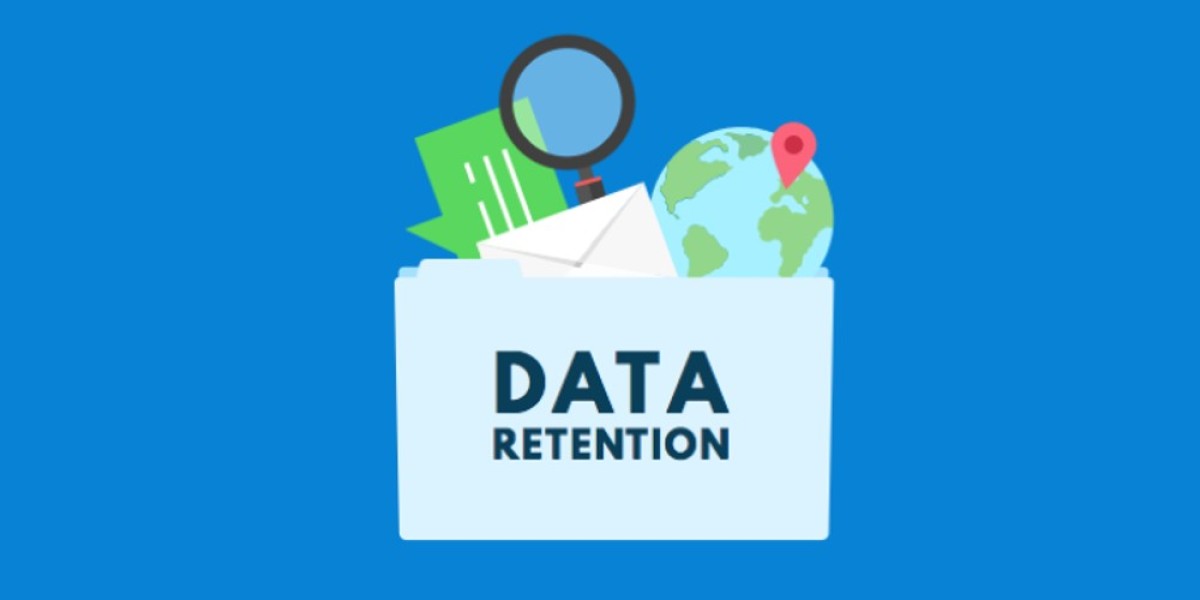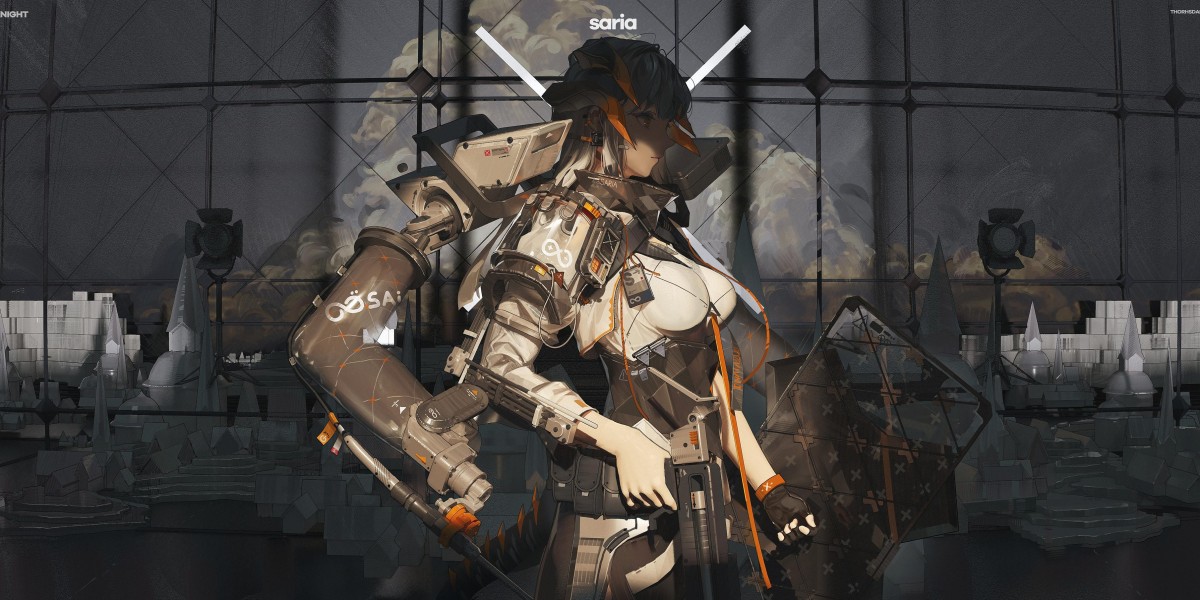You bought a US Brand Booster expecting better reception, smoother calls, and faster data. But now? Nothing changed—or it might even feel worse. Before you toss it out, let’s walk through what might be going wrong and how to get it humming again.
1. What Exactly Is a US Brand Booster?
Think of your booster as a relay station. It catches weak signals outside, boosts them, then rebroadcasts them inside your building. If everything’s geared right, your phone or device gets a stronger signal indoors—fewer dropped calls, faster data, more stable connections.
When things don’t go right, though, you’ll see no improvement. Worst case: worse performance because the booster is interfering with itself or fighting overloads.
2. Key Reasons Why the Booster Fails
Let’s dig into what typically trips these systems up. These six trouble zones come up again and again:
2.1 Misplaced or Misaligned Outdoor Antenna
Your external antenna might be aiming in the wrong direction, blocked by structures (trees, walls, metal), or even too close to the building causing reflection or feedback.
2.2 Incoming Signal Overload
If your location is very close to one or more cell towers, the signal might be too strong—overwhelming the amplifier and causing distortion or automatic shutoff.
2.3 Antenna Oscillation or Signal Leakage
When the indoor and outdoor antennas are too close (or insufficiently isolated), the booster may “hear itself” (feedback loop). That oscillation forces it to reduce gain or shut down.
2.4 Damaged or Low-Quality Cabling & Connectors
A cracked coaxial cable, corroded connector, bent pin, or loose screw can kill signal flow. Sometimes the wiring is the weak link, not the booster itself.
2.5 Frequency / Band Mismatch
If your carrier is using a frequency or band the booster doesn’t support (e.g. new LTE/5G bands), the booster can't amplify that signal. You’ll see no improvement on those bands.
2.6 Configuration or Firmware Issues
Some boosters allow gain control, band enabling/disabling, or firmware updates. If misconfigured—gain too low, some bands off, outdated firmware—performance suffers.
3. A Systematic Diagnostic Approach
Don’t guess—test. Here’s how to isolate the problem:
Check raw signal values (dBm, RSRP, etc.) before and after turning the booster on. Bars on your phone are misleading.
Remove the booster entirely and see how your device behaves without it. Then reintroduce components (antenna, cable, booster) one by one.
Inspect all cables and connectors under good light. Look for cuts, kinks, frays, corrosion, bad crimps, or loose fittings.
Maximize antenna separation—physically distance the external and internal antennas (vertical, horizontal, or across floors).
Add an attenuator or reduce gain if you suspect signal overload.
Switch to different bands (if supported) to see which frequencies work and which don’t.
Consult status LEDs or error codes in your booster’s manual—many units show warnings for overload, oscillation, or weak input.
4. Quick Fixes You Can Try Immediately
Ready to roll up your sleeves? Try these fixes now:
4.1 Rehome the Outdoor Antenna
Adjust its orientation slowly toward the strongest tower direction. Avoid pointing at your own building. Try small tweaks and re-test each time.
4.2 Increase Distance Between Antennas
Shotgun approach: move internal and external antennas farther apart. Even a foot or two can make big difference in avoiding feedback.
4.3 Use an Attenuator
If the outside signal is very strong, adding an attenuator can protect the booster from overload and stabilize amplification.
4.4 Replace or Repair Cables & Connectors
Swap in a good-quality, low-loss coax cable. Tighten connectors, replace damaged runs or joints, and ensure proper shielding.
4.5 Reset or Update Settings / Firmware
Reset your booster back to defaults. Update its firmware if newer versions exist. Make sure all frequency bands you need are enabled and gain settings are reasonable.
4.6 Confirm Band / Carrier Compatibility
Check which bands your carrier uses (you can get this from your provider or phone’s diagnostic mode). Confirm your booster supports those same bands. If not, that mismatch may be your bottleneck.
5. What You Gain When the Booster Works
Once it's working right, here’s what you’ll see:
Fewer dropped calls, more reliable voice connections
Faster upload/download speeds for streaming, video calls, browsing
Better coverage indoors, especially in dead zones like basements or far rooms
Longer battery life, since your device won’t fight for signal
Support for multiple users / devices — the booster shares the improved signal
Peace of mind — no more chasing bars or wondering if the signal will vanish mid-call
6. Maintenance Tips to Keep It Running Strong
You've fixed it—great job. Now keep it that way:
Periodically inspect cables and connectors for damage, corrosion, or wear
Keep firmware and settings up to date
Avoid big building changes (new walls, metal roofing) without rechecking antenna layout
Monitor signal levels over time so you spot degradation early
Always use high-quality, shielded cables and certified connectors
If you change service providers or locations, reconfirm band support
7. When All Else Fails: Consider Replacement or Pro Help
Sometimes the issue isn’t fixable at home:
The amplifier inside may be failing (especially in cheaper units)
External interference from radio towers, heavy machinery, or power lines could be overwhelming
Physical damage (lightning, rodents, water) might have harmed components you can’t see
If you’ve tried everything and still see little or no improvement, you might need to swap in a better booster or contact the manufacturer for warranty support or diagnostic help.
Conclusion
So, your US Brand Booster isn’t doing its job? Don’t panic. Most issues stem from alignment, overload, wiring faults, or band mismatch. With careful diagnosis—repositioning antennas, separating elements, checking cables, and adjusting settings—you can often get it working in under an hour.
Once it’s back online, you’ll enjoy stronger signal, fewer dropped calls, faster data, and a much more relaxed digital life. If you want help troubleshooting your specific booster model or setup, send me the details (brand, model, photos) and I’ll help you fix it.







